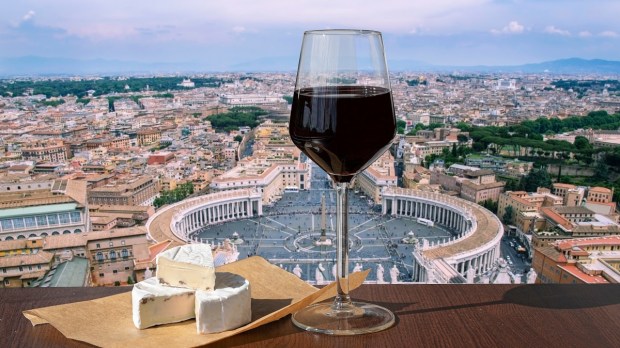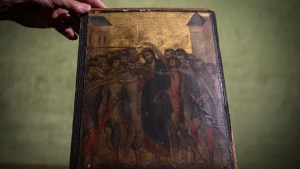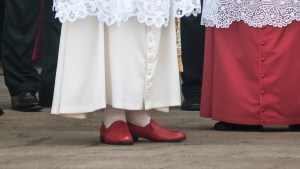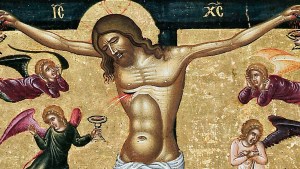We all know that wine is a key part of the Catholic Mass and Catholic culture, so it comes with little surprise that the Vatican has the highest per capita wine consumption in the world — each resident of the state consumes 19.2 gallons of wine per year on average. As explained by wine history magazine This Day in Wine History, the ties between the Vatican and winemakers go back to at least the 4th century, when Pope Julius I created the first papal winery.
By the 13th century, the Vatican State was acquiring wine both for personal consumption and as part of its provisions for the poor. As detailed by Liana Marabini in an Italian Catholic outlet, wine destined for philanthropic reasons was mostly sourced locally, while wine consumed by the pope and his staff was sourced from more far-flung locations like Mount Vesuvius, Greece, and Tuscany.
It was especially during the Avignon Papacy, when the Holy See was transferred to the French city of Avignon, that pontiffs’ appetite for wine contributed to the development of winemaking in regions like Provence, where winemakers produced wines destined for papal consumption, including Cassis, Marignane, Cagnes, Roquevaire, Aubagne, Cucuron and Manosque.
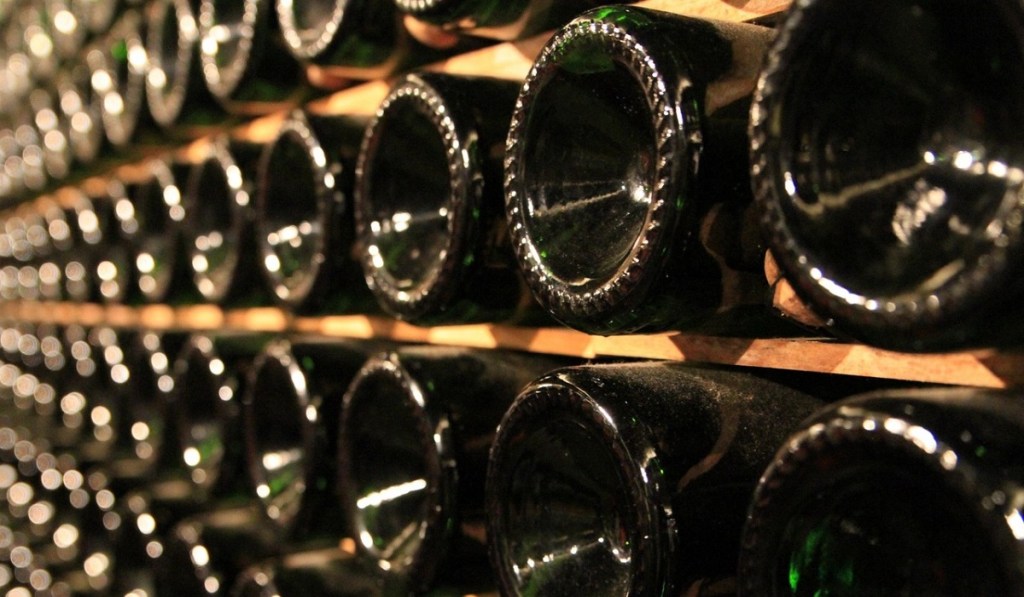
When the Holy See was transferred back to Rome in the 15th century, the Vatican experienced what experts called the “golden age” of Vatican wine. As detailed in This Day in Wine History, Pope Julius II owned vineyards in the Frascati region of Latium, while Pope Leo X levied a tax on wine for Roman winemakers to ensure enough wine was available in the city.
By the 16th century, the Vatican was almost self-sufficient when it came to wine production, with Pope Paul III expanding Vatican-run vineyards in reclaimed lands along the Tiber river. As reported in This Day in Wine History, the Vatican also established the world’s first “wine bank” during the 1500s by collecting amphoras of wine from other regions like Campania and storing them in wine cellars.
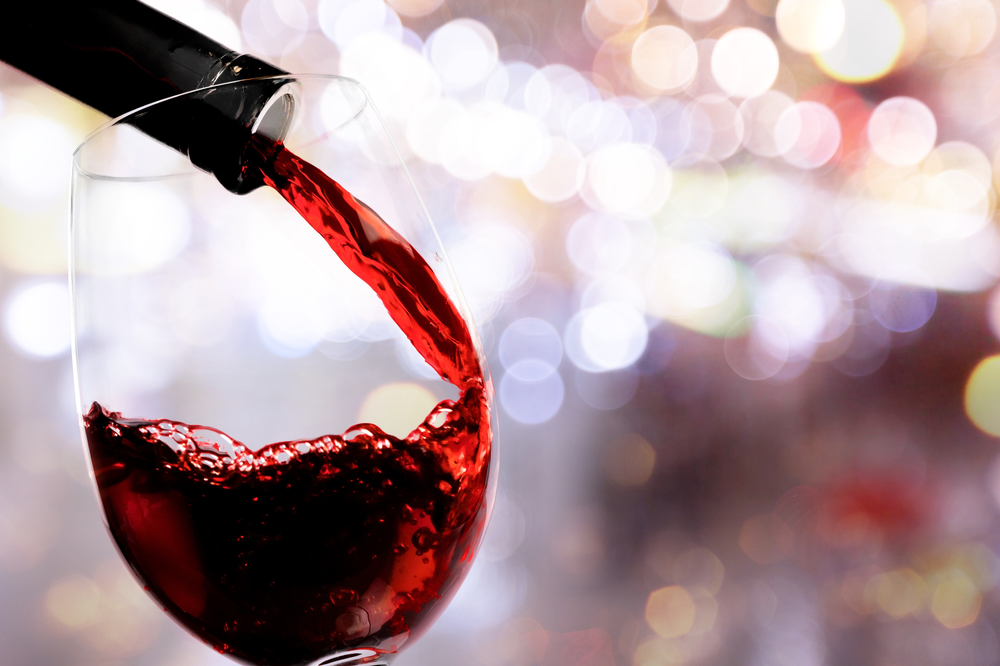
Following Italy’s unification in 1860 and the resulting loss of lands from the Vatican State, the Holy See was no longer a self-sufficient wine producer, but could still count on affiliated winemakers in regions like Montepulciano in Tuscany, Frascati in Latium, and Fiano di Avellino in Campania.
The Holy See revived its own production of wine in the late 1800s, when the phylloxera epidemic decimated vineyards across Europe. To ensure a reliable source of wine, Pope Leo XIII launched the cultivation of a disease-resistant vine on Vatican lands. To this day, Vatican vineyards produce red wines based on Merlot and Cabernet Sauvignon grapes.
Today, the Vatican State produces its own blend of red wines made from Vatican-grown Merlot and Cabernet Sauvignon grapes. It also relies on a network of trusted suppliers carefully selected by the Holy See’s official sommeliers.
Pope Francis’ preferences
According to a video from an
, Pope Francis, who comes from a family of Italian winemakers who had relocated in Argentina, highly appreciates a Primitivo red wine produced by Erminio Campa, a winemaker from the southern Italian region of Apulia.Some winemakers are officially suppliers of wine specifically made for consumption during Mass, like the Sicilian winemaking company Pellegrino. This company makes a wine called “Holy Mass,” made of both red and white grapes, produced according to the stringent rules developed by the Vatican, including the use of stainless steel barrels for wine aging.
But it is not just Italian wines that end up in the Vatican cellars. The Spanish winemaking company Hera Cordon de Fuenmayor makes a type of Rioja red wine that was selected as official Vatican wine during the time of John Paul II and has been confirmed in the list of official suppliers ever since.
French wine is also a staple, with Abbé Côtes du Rhône producing a Cuvée du Vatican Réserve that was officially blessed in 1958 by Pope John XXIII. And Californian wine is appreciated by the Holy See, too, with Catholic winemakers from Napa making a special red wine for Pope Francis.
From the Vatican gardens to the US, the Vatican relationship with wine is one that spans the entire winemaking world.
